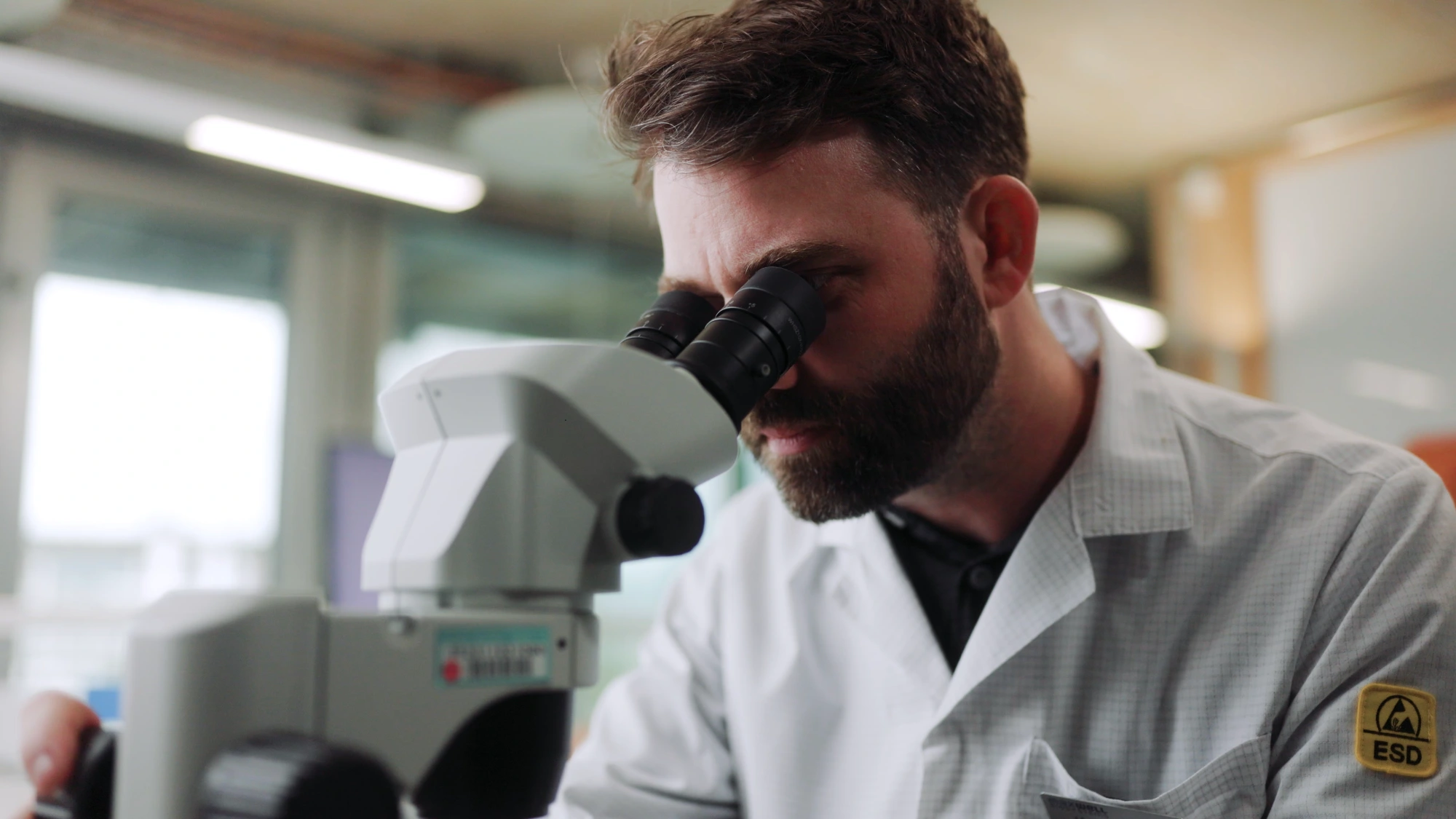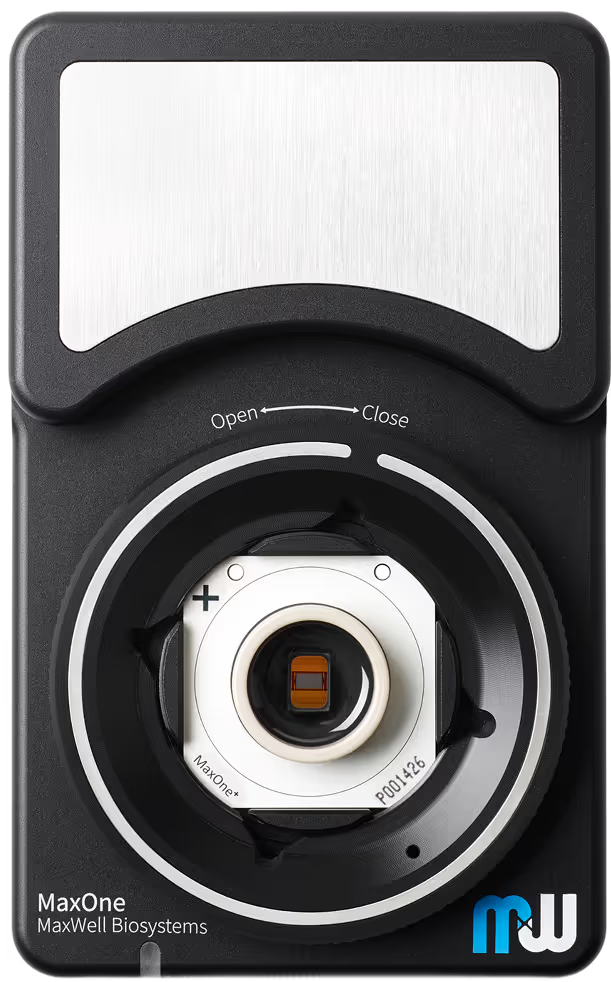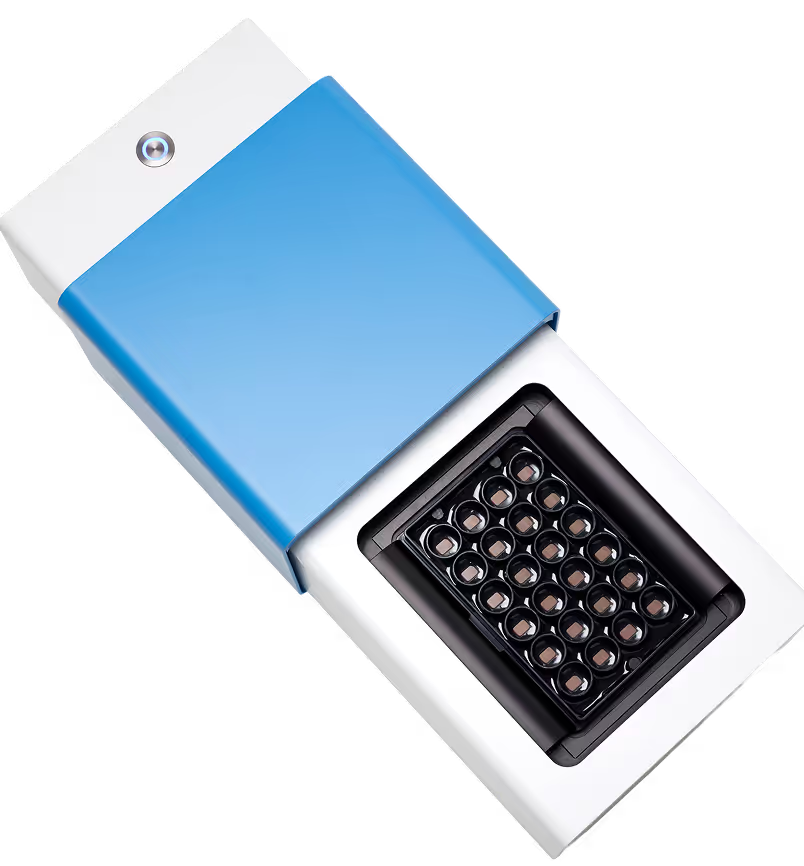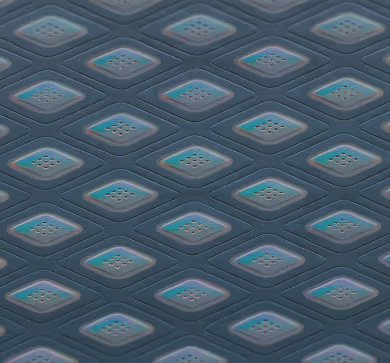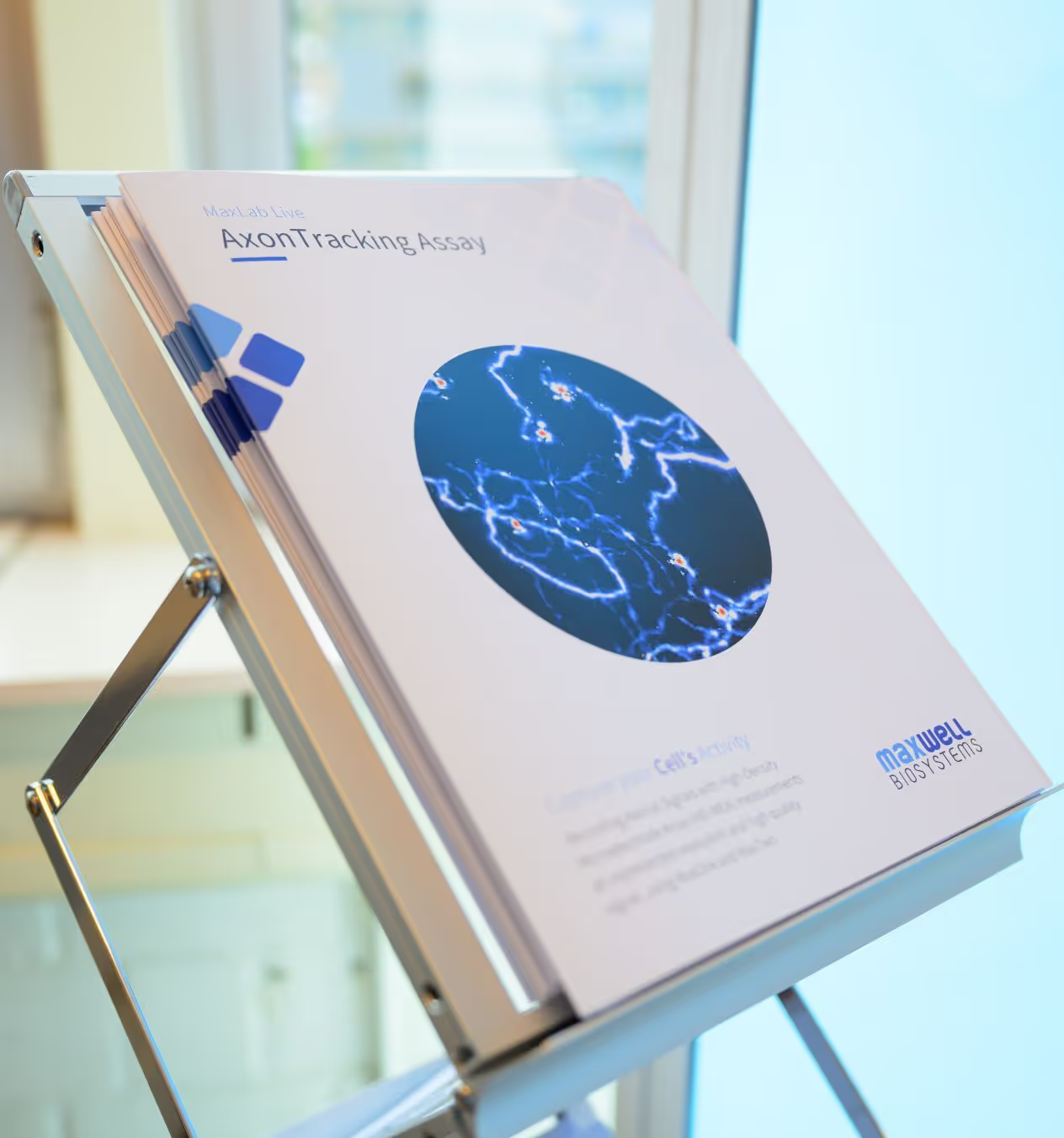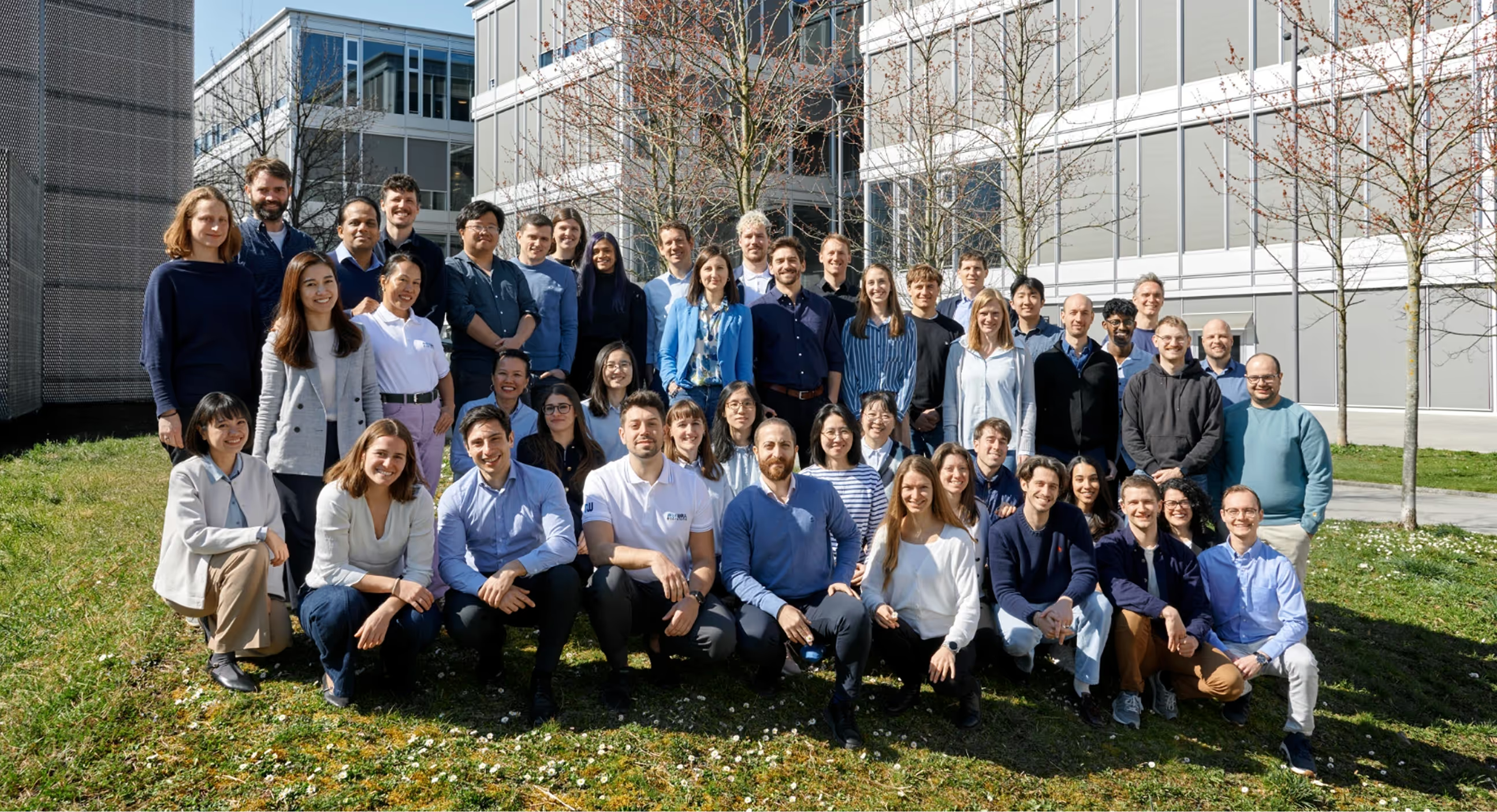
MaxWell Webinar with FUJIFILM Cellular Dynamics
Wednesday, September 24, 2025
17:00 CEST | 08:00 PDT | 11:00 EDT | 23:00 CST | 00:00 JST

Webinar Hightlights
- Discover how the combination of advanced high-density multielectrode arrays (HD-MEA) and FUJIFILM hiPSC-derived neurons has opened new frontiers in investigating neurodegenerative disease mechanisms.
- Identify disease-modeling neuronal lines for Parkinson’s, ALS, and FTD, and compare them with healthy donor data to uncover functional differences and disease phenotypes.
- Combine cutting-edge HD-MEA assays with optimized experimental conditions to detect even subtle phenotypic variations and characterize disease models with greater precision.

Speaker

Scott Schachtele is the Product Manager for the iCell® Neural Portfolio at FUJIFILM Cellular Dynamics. He received his PhD in Neuroscience from the University of Iowa in 2008, followed by a postdoctoral fellowship in neuroimmune virology at the University of Minnesota. Scott has over 10 years of life science and cell therapy industry experience within product management and marketing. At FUJIFILM Cellular Dynamics, Scott focuses on developing and delivering new iPSC-derived neural cells and relevant application protocols for use in drug discovery and preclinical research.
Talk Information
Revolutionizing Neurodegenerative Research: Case Studies and Innovations for HD-MEA assays with Human iPSC-derived Neurons
Human induced pluripotent stem cell (hiPSC)-derived neurons are a powerful asset for in vitro modeling of neurodegenerative diseases. These cells have become increasingly accessible as commercial manufacturing at FUJIFILM Cellular Dynamics has established itself as the gold-standard and consistent supplier for biopharma and academic research. Electrophysiological assays such as manual patch clamp and microelectrode array (MEA) are essential for studying iPSC-derived neuronal function and are a useful tool for identifying disease phenotypes when comparing iPSC-derived neurons derived from healthy donors to iPSCs engineered to contain risk-associated disease mutations, or patient lines containing risk-associated disease mutations. This webinar will focus on advancements and technical advantages for using iPSC-derived neurons from FUJIFILM Cellular Dynamics on this platform. Case studies will be presented modeling Parkinson’s disease (LRRK2 & GBA mutant iCell DopaNeurons), Amyotrophic lateral sclerosis (TDP43 mutant iCell Motor Neurons), and Frontotemporal Dementia (GRN mutation iCell Induced Excitatory Neurons). These case studies will highlight the benefits for profiling a panel of risk-associated disease models on HD-MEA, the importance of isogenic controls, and exciting new mutation-containing neurons (TMEM175 mutant iCell DopaNeurons). Technical considerations and assay parameters for detecting disease phenotypes on the HD-MEA will be discussed, showcasing how neuronal spike activity and network bursting can be impacted by the type of neurons tested, composition of the culture media and supplements used, disease genotype, and 2D vs 3D co-cultures.
Hosts
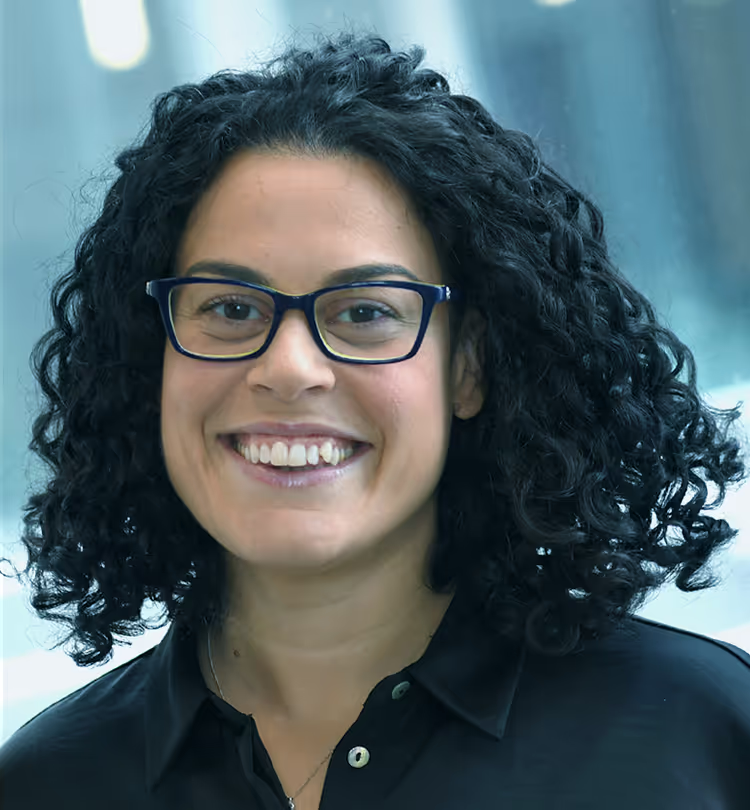
MaxWell Biosystems (Switzerland)

MaxWell Biosystems (Switzerland)

fig%202.avif)

